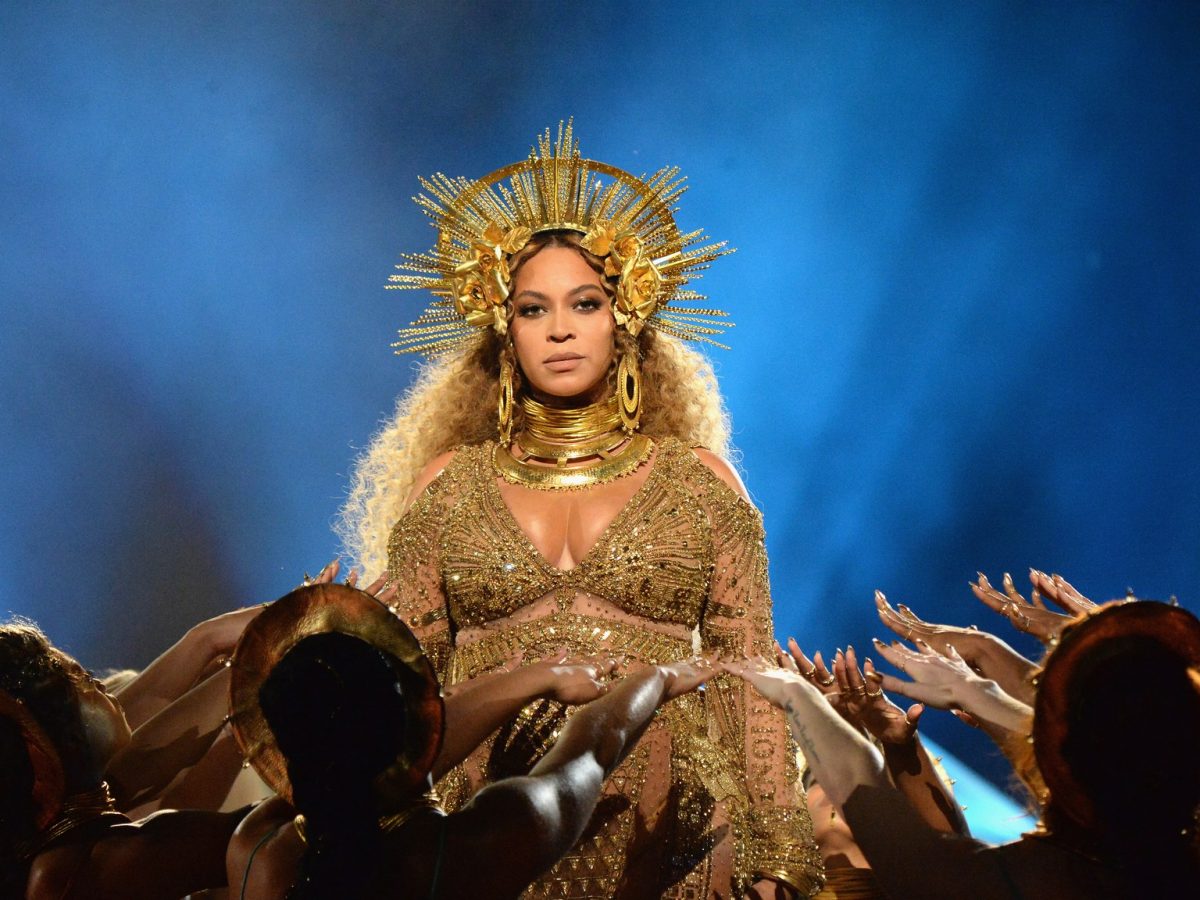From Helen Reddy’s 70s hit ‘I Am Woman’ to Kesha’s performance of ‘Praying’ at the 2018 Grammys, music has been platform for female empowerment since time immemorial.
While it’s often (and truthfully) thought that there are gender imbalances within the industry, the powerful voice of women in music has made sure that their position holds constant and strong in the industry.
The advent of female empowerment is often thought to be a recent occurrence. But the first instance of women making a mark in music came in the 1940s. In a time where Jimmy Dorsey, Glenn Miller and Big Band, dominated the scene, some female performers such as Billie Holiday and the Andrews Sisters were making notches on a largely male-dominated landscape.
The 1950s brought a wave of a powerful new music genre – rock ‘n’roll. As with the birth any new opportunity, men were the first to grab the spotlight. But even still, vocalists like Doris Day and Rosemary Clooney became chart leaders, proving that women were not far behind men when it comes rock ‘n’rolling. However, Bill Haley and Elvis Presley began domination of the charts in the late 1950s, and female artists were pushed aside with no chance to shine.
As country and R&B began to take over the world in the 60s, the much-awaited moment of glory came for female artists, as Patsy Cline led the era’s movement of crossing over country and pop music. Rhythm and blues gained its traction due to the pioneering efforts of women – an unusual first in the music world, with women dominating a genre before men. The Shirelles became the first all-female group to hit No 1 on U.S Billboard Hot 100 charts, setting the stage for all acts that followed, including the Beatles
Debby Boone’s ‘You Light Up My Life’ topped the charts in the late 1970s, and that set the precedent for the decade of disco duos as pairs such as Carpenters and Peaches&Herb stood out. The disco era seems to the one where female artists got their chance to monopolise attention towards their talent. And the well-deserved attention culminated successfully in the moment Olivia Newton-John garnered four Grammys, five No 1 hits and went on to become one of the world’s best-selling artists of all time.
This landmark moment courtesy of Olivia Newton-John started the engine of the train of record-setting recordings throughout the 80s, with women ruling the charts, in an ascent that seemed unstoppable. Starting from Blondie’s ‘Call Me’ to Madonna’s ‘Like A Virgin’, to Whitney Houston and Janet Jackson both of whom ended the decade by setting records of consecutive No 1 hits.
It will suffice to say that after such an impressive decade, the 1990s became the year women took centre
As women continued to rule, more women came to join. In the genre-crossing decade of the 2000s, where powerhouse artists Beyoncé, Ashanti and Alicia Keys blended influences, and other young women like Kelly Clarkson and Carrie Underwood joined the fold. Then as another decade came to pass, Lady Gaga and country singer Taylor Swift hit the scene.
From 2010 to the present, female musicians walk with their heads held high. With a long list of artists like Katy Perry, Iggy Azalea, Meghan Trainor, Alessia Cara, Ariana Grande and Dua Lipa taking the world by storm, the voices of women are at the strongest and most powerful they’ve been.
In our current decade, female artists are doing everything right, as they lead the industry forward, with strength, determination and a whole load of talent.
By Malvika Padin


